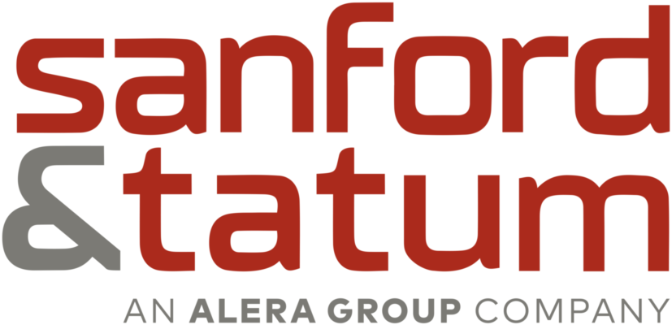
Benefits Breakdown - January 2024
4 Key Trends Driving Employer Health Care Costs in 2024
Amid ongoing inflation pressures, employees and employers alike can expect their health care costs to increase in 2024. Global professional services firm Aon reported that health care costs for employers will grow by 8.5% in 2024 (to more than $15,000 per employee), nearly double 2023’s figure. Here are four key trends driving employer health care costs in 2024:
1. Mental health challenges—Employees’ mental health concerns and needs rose during the COVID-19 pandemic and continue to linger in its aftermath.
2. Pharmacy costs—High-cost prescription drugs and an increase in the median percentage of health care dollars spent on pharmacies are increasing costs for employers and employees.
3. Cancer treatment—Cancer drives health care costs for many employers. Delayed preventive screenings during the pandemic could result in more late-stage cancers among workers in 2024.
4. Health care delivery—Certain health care innovations, such as on-site or near-site clinics and virtual care that became popular during the pandemic, are expected to remain critical for employees as they prioritize primary or preventive health care.
Reach out for more employer-sponsored health care resources.
High Health Care Costs Are Impacting Americans’ Physical and Mental Health
Unaffordable medical bills, higher deductible health plans and confusing bills are taking a toll on the health of Americans. According to a study from health care payment processing company PayMedix, 9 in 10 consumers say these payments have negatively impacted their physical and mental health.
The study, which polled over 1,000 Americans with employer-provided health insurance and over 200 HR benefits managers, found that almost half (44%) of people with a credit score of 669 or lower say their deductible is not affordable and 30% say they dug into their savings after an unexpected medical bill.
Consumer confusion is compounding the issue, and employees want help from their employers. More than half (60%) say their employers are responsible for providing financial strategies. Many want flexible payment options and guaranteed credit for out-of-pocket maximums to help manage these affordability challenges.
Employers should educate employees about their health care benefits. Improving workforce health literacy can help employees understand their health risks, improve workplace productivity, and decrease health care costs for employers and employees. Reach out for more benefits information.
This article is intended for informational purposes only and is not intended to be exhaustive, nor should any discussion or opinions be construed as professional advice. © 2023 Zywave, Inc. All rights reserved.

Discussion
There are no comments yet.